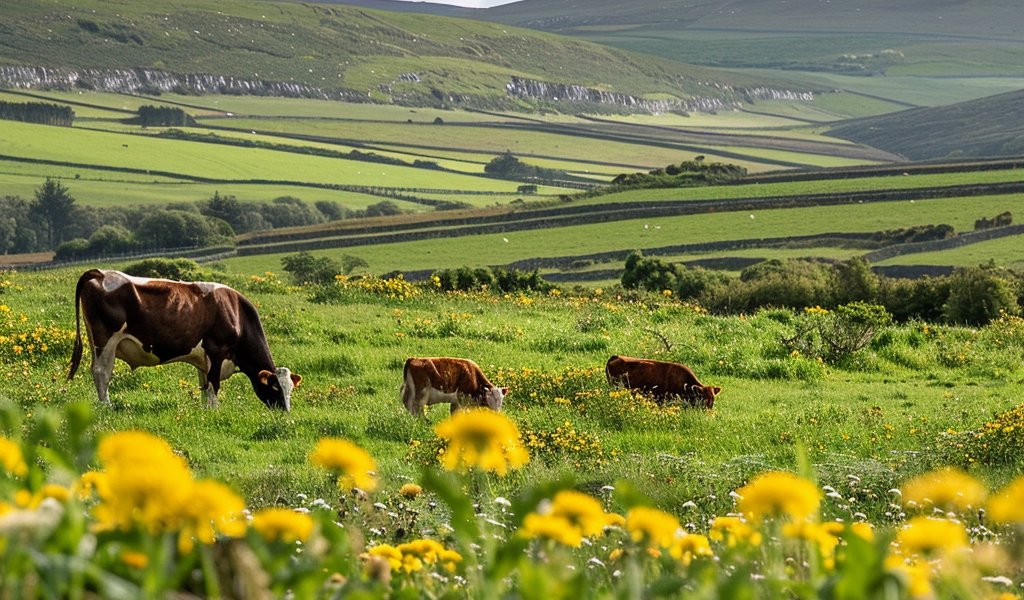A concerning incident has emerged from the south-west region of Ireland, where a local herd has suffered significant losses due to ragwort poisoning. The Limerick regional veterinary lab reported that several cattle were submitted for examination in May 2023, revealing alarming health issues linked to this toxic plant.
Ragwort, known scientifically as Senecio spp., is typically unpalatable to cattle. However, when the plant is processed into silage or hay, it becomes more enticing due to the natural sugars released during the process. This transformation can lead to unintentional consumption by livestock, especially when grazing options are limited.
The affected herd included two bullocks and a heifer, all born in 2022. Upon necropsy, the animals exhibited severe symptoms, including lethargy, watery diarrhea (with blood present in some cases), and neurological disturbances such as aimless wandering, aggression, and blindness. These signs indicated that the yearlings had not thrived during the winter months, a stark contrast to previous years.
During the post-mortem examinations, common findings were noted across all three animals. Notably, their livers displayed a pale and firm texture, which is indicative of cirrhosis, a severe end-stage liver condition. Additionally, there was a significant accumulation of fluid causing swelling in the rumen, intestines, and particularly in the abomasum, which is the fourth stomach in ruminants. Tests conducted for lead toxicity returned negative results, ruling out that potential cause of the animals’ distress.
Microscopic analysis of the tissue cells from the deceased cattle revealed the presence of toxins associated with over 6,000 plant species, which serve as a natural defense mechanism against herbivory. Ragwort, however, is the predominant source of these harmful toxins in Ireland, posing a serious risk to livestock health.
The affected cattle were housed indoors starting in December and were released back to pasture in mid-March. Throughout this period, they were fed silage that had been harvested from the same fields for several consecutive years. A visit by the regional veterinary lab confirmed the presence of ragwort rosettes—young, non-flowering forms of the plant—across multiple fields, with varying levels of infestation. The paddock designated for cows and calves exhibited the highest concentration of ragwort, while the silage fields also contained significant amounts of these toxic plants.
During the investigation, the fields were thoroughly searched for other poisonous flora, but no additional hazardous plants were identified. This situation highlights the critical need for farmers to be vigilant about the presence of ragwort and other toxic plants in grazing areas.
In a related note, Northern Ireland has recently observed a rise in submissions of carcasses to the Agri-Food and Biosciences Institute (AFBI) veterinary lab, where animals have been found to be exposed to ragwort. The cases reported involve multiple fatalities among bovines aged approximately 12 to 18 months, which is notably unusual given the clinical patterns typically seen with ragwort poisoning.
This alarming trend underscores the importance of educating farmers about the dangers posed by ragwort and the necessity of implementing effective management strategies to mitigate risks. Regular monitoring of pastures and silage sources for the presence of this toxic plant can help prevent similar incidents in the future.
Farmers are encouraged to actively manage their grazing lands, ensuring that they are free from ragwort and other harmful plants. By doing so, they can protect their livestock and maintain the health and productivity of their herds. This incident serves as a reminder of the potential hazards present in agricultural environments and the critical role of vigilance in safeguarding animal welfare.





